BrainWorks Multimedia President Barry Von Lanken, second from left, and CEO Lisa Von Lanken, third from left, receive the National Safety Council’s 2015 Safety in Excellence in Highway Safety Award for Driving Safety Training Program Innovations from NSC President and CEO Deborah Hersman, left, and James Solomon, right, program development and training director. Photo courtesy BrainWorks Multimedia
Animation helps make driver safety the real focus
Training and educational videos have long had the reputation of being a an alternative to Ambien.
But 3-D technology and interactive multimedia are changing the snoozer reputation of these visual programs, providing new ways to view subject matter and allowing the participants to be a part of the subject matter plays out.
For the Itasca-based National Safety Council, which provides numerous classroom-based driver training programs groups and agencies worldwide, the change was significant when it upgraded its educational and training programs to a couple of years back. The NSC brought on training solutions developer BrainWorks Multimedia to provide key changes in audiovisual presentations. Working with the NSC’s staff, BrainWorks used 3-D animation as well as live footage to create interactive visuals that have transformed the agency’s program into an interactive — and in some cases gut-wrenching — reality program that gets the message to its audience in a cost-effective, yet powerful, manner.
In appreciation, the NSC recently awarded the South Bend, Indiana-based company with the 2015 Safety in Excellence in Highway Safety Award for Driving Safety Training Program Innovations.
The nonprofit NSC has 2,000 training centers and 6,500 instructors globally and provides safety courses that focus on various specialties, from new drivers to commercial truck drivers to drivers with multiple traffic convictions. The agency trains about 3 million people a year, according to James Solomon, NSC subject matter expert and training director, and its courses are also used by a wide variety of groups, from community colleges and insurers to driving schools and professional associations.
Solomon said BrainWorks has done an excellent job in transforming its drivers programs from the traditional instructor and visual aid format to an interactive presentation, where the instructor can use the visuals to present and discuss multiple options of a specific example tot he class, then show the participants the consequences of those options.
“You show it and then you go, ‘OK, what do you think?’ Then you look at the outcomes,” Solomon said. “It gives a lot more functionality”
In one program — designed for drivers with multiple traffic violations — a driver who is late for work is shown driving through red light and broadsides a van with two occupants. The 3-D animation runs in slow motion and shows what injuries are sustained by all the people involved in the collision, from the multiple broken bones and internal bleeding suffered by the errant driver to the death of one of the van’s passengers.
That particular program has had a profound impact on the people who have gone through it, Solomon said.
“We had two men in tears, and we had one man in his final evaluation write ‘I’ve been through these classes time and time again. It just dawned on me that I am risking everything I ever worked for by the way I drive,’” he said. “Never before have we had that happen.”
BrainWorks President Barry Von Lanken said using animation allows them to create visuals that cannot be not be done with live actors, or without spending additional time and money creating scenes like a car crash or a semitrailer jackknifing in snow.
“We can simulate things without risking life or limb, but can still make it very effective and make people understand what they have to do to drive defensively,” Von Lanken said.
He added the NSC award “is a good validation that we’re doing the right thing with training solutions.”
“We’re creating content for them that’s helped them raise their level of quality in the classroom and make a difference for those who attend the classes,” Von Lanken said.
For Solomon, BrainWork’s help has basically put the agency’s program into the 21st century.
“We’re a graphics society. We go to movies that cost millions to make. Then when you go into a classroom and get winky-dink cartoons out of 1957, you go ‘what?’” he said. “Now we have elements in the program that come into the room and is limited only to the size of the screen you want to use.”

